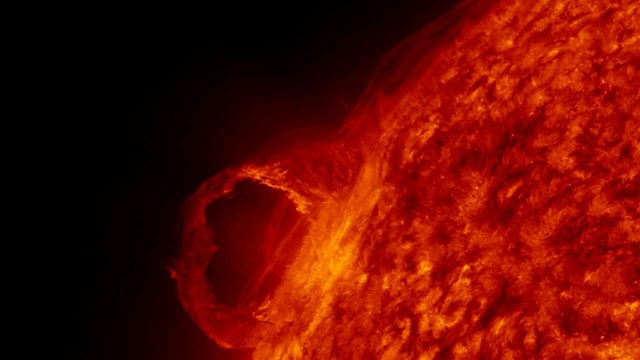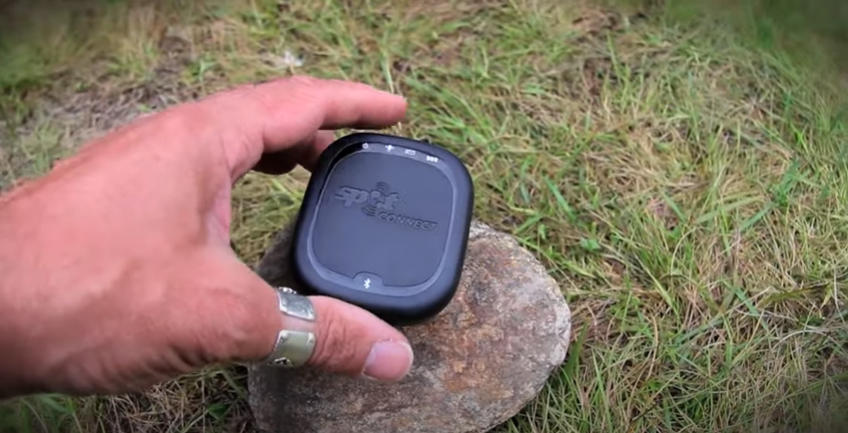Portrait of the sun taken on March 30th by the recently launched Solar Dynamics Observatory (SDO). Shown in false-color, the composite view covers extreme ultraviolet wavelengths and traces hot plasma at temperatures approaching 1 million kelvins. Credit: NASA / Goddard / SDO AIA Team
The sun is awesome. It gives life. It blasts us with radiation.
It also gives us reason to approach our GPS navigation systems with a healthy dose of skepticism.
Scientists at Cornell University predict that the sun is headed for a new solar maximum, a period every decade or so when the surface of our neighborhood star will be particularly active. That means lots of powerful solar flares, which buffet the Earth’s outer atmosphere and GPS satellites with charged particles.
The experts predict that sometime in 2011 or 2012 the peak in solar surface activity will shut down about 90 percent of GPS signals for several hours.
Time to brush up on the ancient art of navigating by dead reckoning.
In a related development, NASA launched the Solar Dynamics Observatory in February, a mission designed to understand the causes of solar variability and its impacts on Earth. Last week, NASA release some of the first stunning images and video taken by the spacecraft.
The video below shows a solar flare that blasted from the sun’s surface on March 30, 2010, only a few days after the camera doors were opened.
This page is an archive. To learn more about archive pages click here
The responses below are not provided, commissioned, reviewed, approved, or otherwise endorsed by any financial entity or advertiser. It is not the advertiser’s responsibility to ensure all posts and/or questions are answered.




